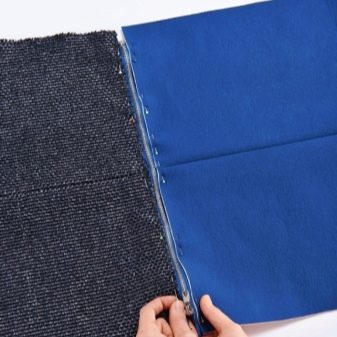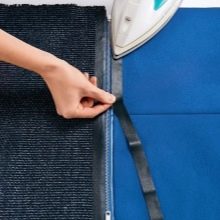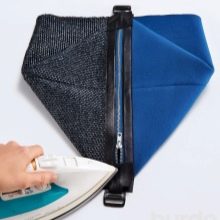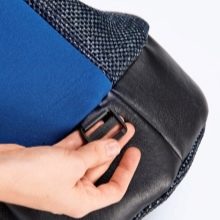How to sew a fabric bag with your own hands?

Surely in the life of every girl there came a moment when the store assortment of accessories was fed up with the order, but the desire to acquire a novelty does not leave. What to do in this case? A great option is to make your own bag using simple, unpretentious patterns.
Let's take a closer look at which models are easiest to sew, and which ones will have to work hard. We will also get acquainted with the fabrics that are most suitable for sewing such products.
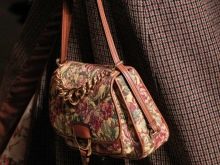
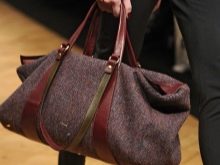

Simple patterns
Sometimes girls do not undertake the independent manufacture of bags for fear of doing something wrong and ruining the material. But always and in everything, you can find a compromise, and in this case, it is a choice of simple patterns, sewing products for which does not require much work.
When choosing patterns, it is necessary to take into account several features that speak of their simplicity:
- Maximum number of straight lines;
- As little roundness and decorative "tucks" as possible;
- The most simple interior space (in simple patterns, bags have only one interior compartment);
- It is advisable that the fasteners on the bag are as simple as possible - a zipper or a button.
In addition, in order to simplify your task as much as possible, you should not apply the sketch directly to the fabric, but first draw it on special sewing paper. This will help to avoid mistakes and cut the parts as smooth as possible.
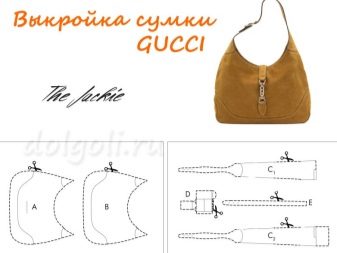
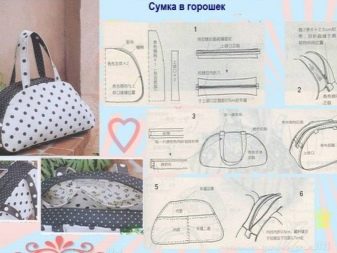
Trapezoidal shape
The trapezoidal bag is quite simple in execution.It is more practical if the product is a regular trapezoid with a wider bottom and a narrower top. So the product will be more practical and spacious.
To sew a trapezoidal bag, you need to cut out three parts: two equal trapezoidal walls and a rectangular bottom of the bag. The side walls can be made integrally connected to the front and back, or they can be cut out separately, in the form of four additional parts.
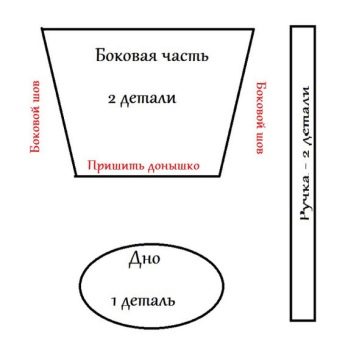
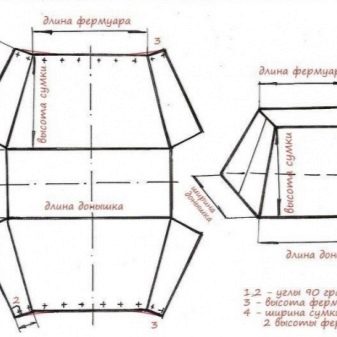
The sewing process is as follows:
- Required in advance draw parts of the required size on the fabric and take into account the additional distance - seam allowances. Then, as neatly as possible, these parts need to be cut and stitched together, having previously processed the edges with an overlock.
- Necessary cut out the same parts from the lining material, the size of which should be one centimeter smaller than the finished ones. Then it is necessary to sew the resulting two parts in such a way that the seamy sides are in contact with each other. Without lining, the bag will be fragile and sloppy.
- Then the matter is small - it is necessary neatly finish all seams, complement the bag with the necessary accessories, neat handles and a secure fastener. In addition and for visual appeal, you can add simple decorative elements - stripes, beads, stones and rhinestones.
The sewing steps are shown more clearly in the following video.
Bag bag
The bag-bag is ideal for summer, simple in style and execution. To make this product, you do not need any special materials, as well as spending a lot of time and effort.
Everything is much simpler than it might seem at first glance:
- First thing, you need to choose a material not only for the outside, but also for the lining. The fact that the bag is made at home does not mean at all that the lining is not needed - it is still an integral part of any product.
- Further, cutting out the details: two large square walls and three rectangular pieces that will be needed to make the sides and bottom. And also the handles - it is best if they are multi-layered, but flat, so they will be as strong and durable as possible.
- Then we act according to the same principle that was used in the manufacture of the previous model: we carefully sew all the details, process the edges, fix the lining and handles. In the area of the handles, several stitches must be made in order to ensure greater strength and reliability.
The product turns out to be spacious in the interior space, suitable for beach holidays and tourist trips. And as a decoration, you can use wooden beads, fabric fringes, sequins and glue-based rhinestones.
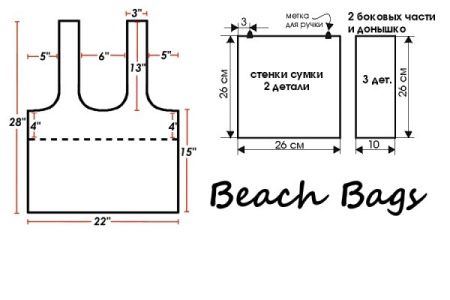
For another option, see the next video.
On puffs
Perhaps an even simpler version is a bag with puffs, but this model, having only one handle, does not look very attractive. Much more stylish, this model looks like a backpack with two adjustable shoulder straps, allowing you to free your hands and carry the product behind your back.

In addition to handles and ties, only three large parts are needed to make this model:
- a large rectangular section for the body of the backpack itself;
- round bottom and cap tongue;
- concealing a lingering tie.
The size of the main part of the bag should be cut out based on individual preferences, it can be either small, decorative size, or large - representing a full-fledged functional product, suitable even for tourist trips.
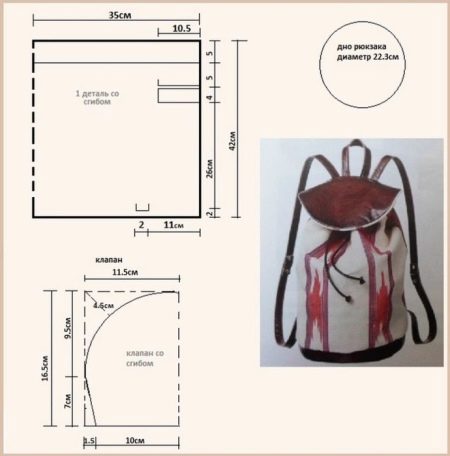
So what is next:
- Having fastened the smaller edges with an even seam, you will get a cylinder, based on the diameter of which, you should cut out the bottom of the backpack in the form of an even circle. In the form of a half oval, we cut out the upper part of the backpack, which will cover the ties, for a more aesthetic appearance, and sew the closing element.
- Next, we cut out two long handles that will perform the main functional part, and a small one - holding for which you can carry the product in your hand. For greater functionality, you should purchase the appropriate fittings, allowing you to adjust the length.
- The matter remains small - we bend the upper part and insert the tie, getting a functional and practical product at the exit.
Here's how you can get a stylish bag in one evening. Watch the video.
Semi-oval model
A bag with a semi-oval bottom looks very feminine and beautiful, which can be both a worthy everyday option and a great addition to a beach look and an outfit for walking.
Let's take a closer look at how to cut and properly sew this model:
- In the pattern of this model you need the following details: two semi-oval parts - front and back walls, a long rectangular part - for connecting these parts, two rectangular parts - for making handles. The model can be completed with a small decorative pocket sewn on the front.
- Smooth seam we fasten the front and back walls with a rectangular connecting piece... The next step is to hem the lining, then insert the zipper. It is better not to skimp on the zipper, as a cheap zipper is very easy to damage.
- Further, fold the handles and stitch themso that they are more durable and last much longer. We measure an equal distance at both ends of the main parts, and sew on the handles, carefully making sure that they do not twist.
- The final touch - we process the edges of the decorative pocket and carefully sew it on top of the product, attach a decorative fastener to the upper part, in the form of a button or a large stone, on which you can put a loop.
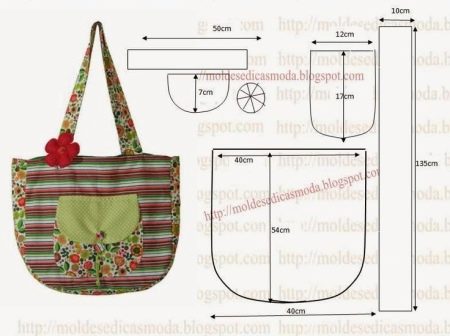
How to sew from linen and burlap?
The bag can be made from lightweight, cheap fabric, but will such a product be practical? If we take, for example, linen fabric, what properties will the product have?
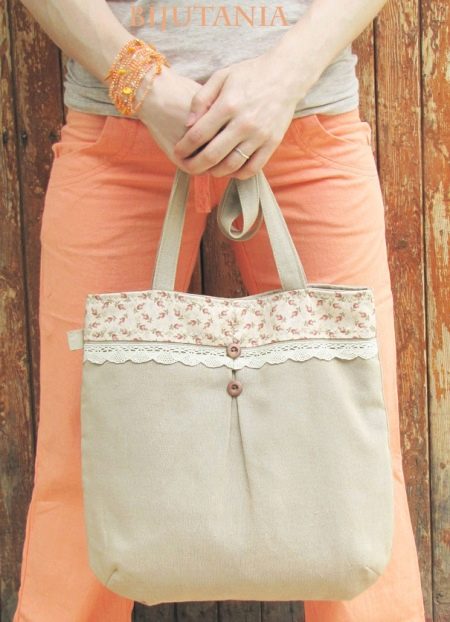
Let's take a closer look at how to make a bag from light linen and decorative burlap and how functional these products will be:
- Be careful when working with linen., pre-processing all edges with an overlock to prevent material flow. In addition, the seams must be sewn with a small stitch or in two layers in order to provide the product with greater wear resistance.
- You should pick up special threads, suitable for sewing linen products, as well as special thin needles that will not cause unnecessary damage to the material, creating too large holes, which, under the influence of gravity and friction of the threads, will increase in width, leading to damage to the product.
- Burlap is even more fragile, therefore, sewing a full-fledged functional product that would last a long time is a very difficult task. The bulk of burlap bags is rather a decorative addition to an eco, hippie or boho chic look.
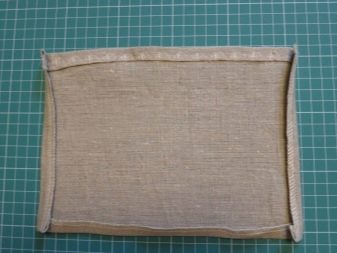
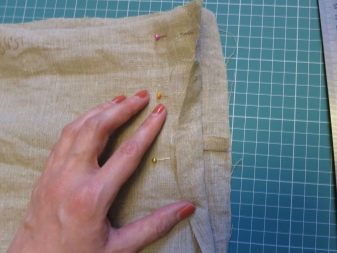
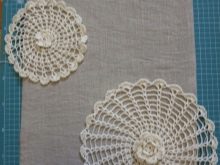
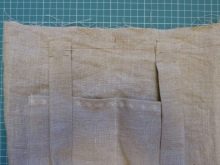
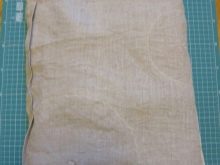
For sewing products from burlap, you will need dense, strong threads, as well as a needle with an appropriate eye in order to prevent the formation of knots and thread fibers rolling, in the process of excessive friction against the needle hole. This material does not need to use any special equipment.
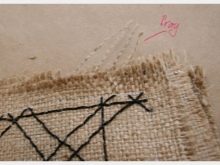
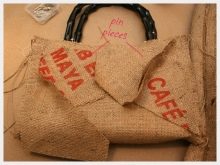

What other fabrics are suitable?
In addition to the aforementioned materials, bags can be made from other fabrics, which will help make the products more functional, as well as suitable for the requirements of any style, be it a strict classic or a hooligan military.
Denim material works greatwhich is not only very practical to use, but also very durable. But for sewing a denim bag, you may need thick, strong threads, as well as thick needles, since due to the rather hard surface of the fabric, a thin needle can simply break.

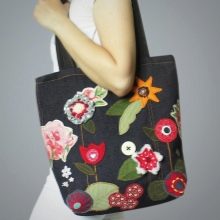
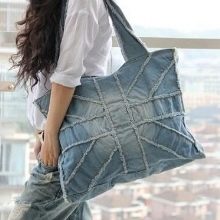
For making a fairly practical outside of the bag nylon will do, which has a number of advantages. For example, the material is strong, holds its shape well, is quite light and, due to the ease of its extraction and processing, is also very inexpensive.
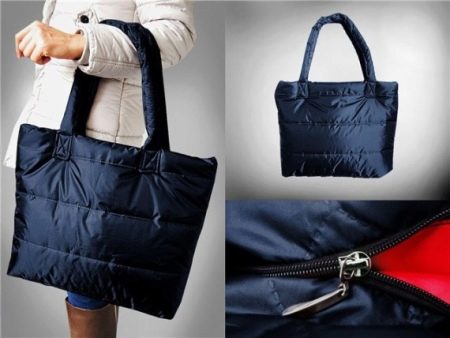
But for the manufacture of high-quality lining, a much smaller number of fabrics are suitable, since many materials are too dense, easily wrinkled and quickly torn. It is best to use polyester, rayon, satin and cupro and avoid taffeta, mesh and satin lining.


Sewing from quilted fabric
The famous Coco Chanel introduced fashion to the quilted surface of products, presenting mesmerizing models of not only dresses and coats, but also small neat handbags that looked very sophisticated, beautiful and feminine.
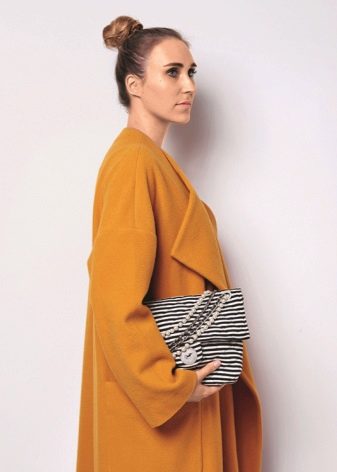
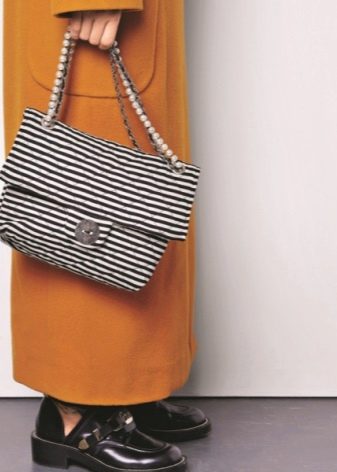
But what to do with the desire not to purchase such a product, but to make it yourself?
Everything is very simple. You just need to know that quilted products have a surface stitched with rhombuses of equal dimensions. In fabric stores, it is not uncommon to find material with a stitch effect, which is achieved both through spot gluing and sewing.
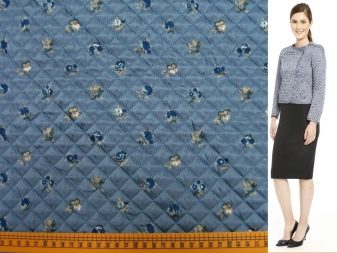
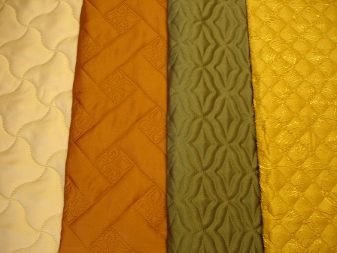
To give the bag a quilted effect on your own, you must:
- Mark the wrong side of the fabric. It is necessary to carefully apply to the material, using a ruler and tailor's chalk, a marking of numerous inverted squares that look like neat equilateral rhombuses.
- If you are planning to give your product a more voluminous look, you need to make markings on the inner layer, having previously connected it to the outer one.
- Further, we carefully sew the material, strictly observing the markings, since even the slightest deviation can harm the appearance of the entire product.
The lining should not be stitched as it should cover all seams and have a completely different function.
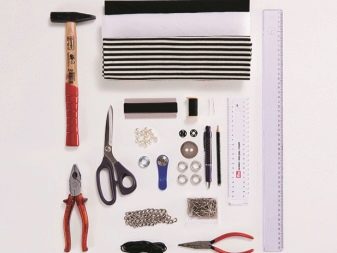
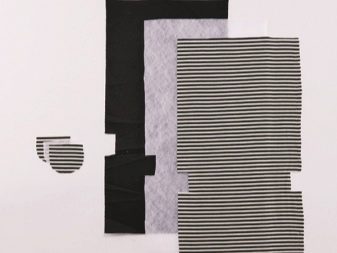
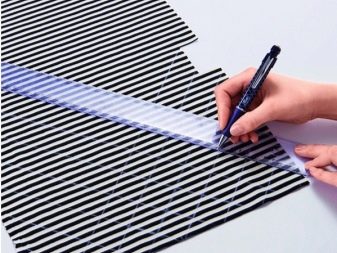
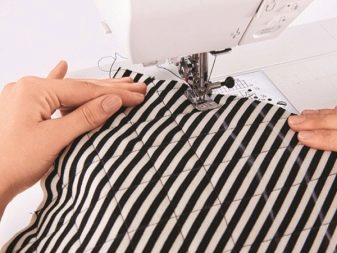
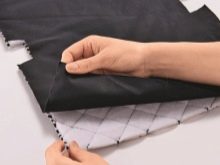
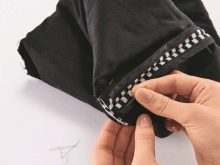
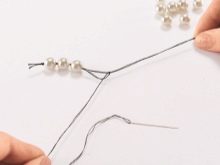
We make from tapestry
Some needlewomen take on a rather difficult task - making bags from tapestry. The material is a dense fabric with a jacquard pattern applied or embroidered on it. It is thanks to this ornament that the product will look very stylish and expensive, even if it is made with your own hands.
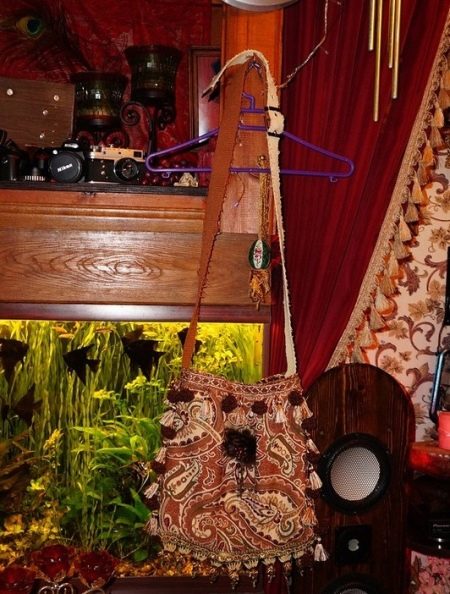
Due to the special weaving of the fibers, the material is very durable, therefore, you should, first of all, carefully make patterns from it, making sure that the edges do not slide out and are equally even. Otherwise, the bag will be sloppy.
In addition, due to the density of the fabric, it will be necessary to acquire special needles for hard fabrics.
It is not at all necessary to mark the cut out parts to each other, it will be enough just to chop them off with special pins, and then sew them on a typewriter, retreating from the edge about a centimeter. It is important to sew the garment at a medium speed to avoid excessive tension on the thread, which could cause it to break.
Although the material is quite tough and rarely gets tousled, it still needs to be overfilled at the edges.
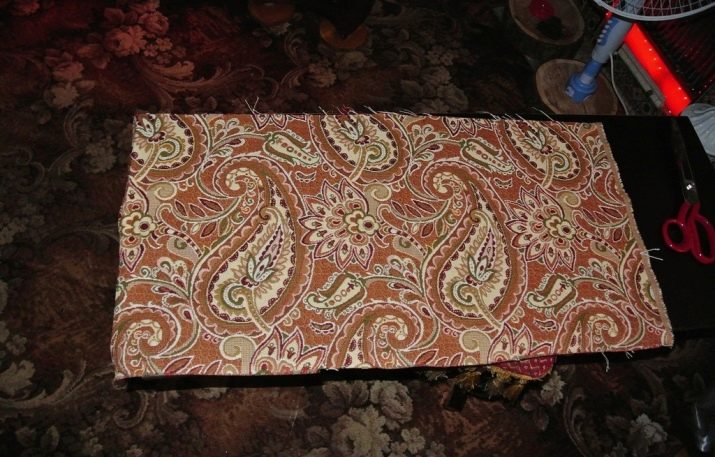
If you are making a volumetric model from tapestry with a rather wide bottom, it is best to choose a different material for the lower part, so as not to stain and not quickly wear out a beautiful fabric.
The bottom of the bag can be made of thick leatherchoosing the appropriate fittings - neat metal legs.
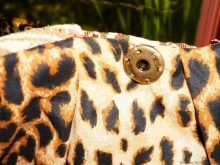
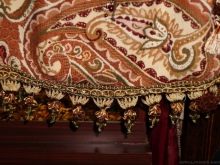
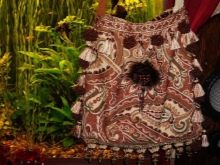
Convertible bag
Often, girls prefer not only functional, but also very stylish and interesting models of bags. These products include an unusual transforming bag, which, with a slight movement of the hand, turns into a comfortable roomy backpack.
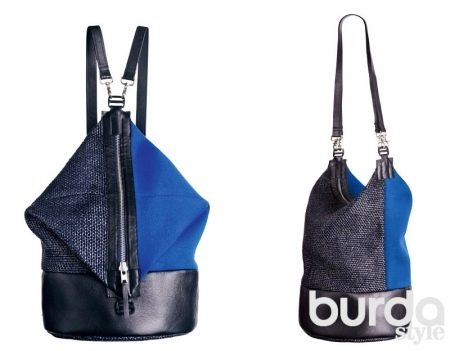
To make this model, you will need a lot of details:
- side walls - in the form of high fabric rectangles;
- lower decorative parts made of leather;
- leather bottom and double handles;
- in addition, you must purchase the appropriate fittings from handicraft stores.
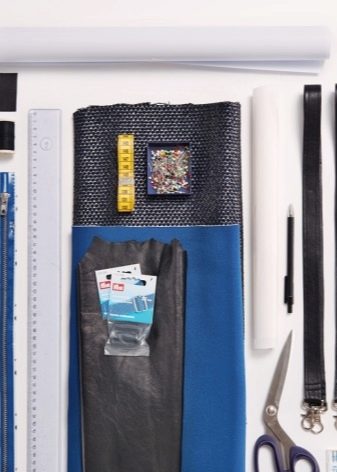
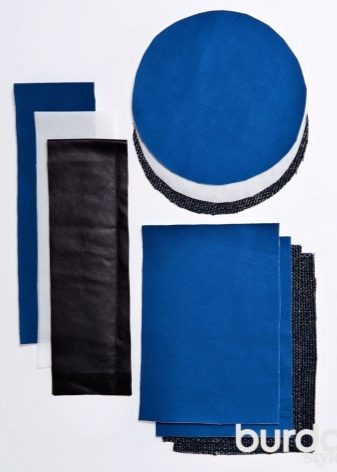
The sewing stages are as follows:
- The rectangular pieces are sewn together on the sides, and the leather pieces are their continuation at the bottom. A bottom made of the same material is attached to the skin. At this stage, you should end up with a closed-bottom cylinder.
- Then, we hem the lining and insert a stylish metal zipper, and along the edges of the bag, in the area of the side seams, we attach metal or plastic parts for the handles. It is best if these are rings with wide enough holes. In addition, the ring must be fixed at the bottom of one of the sides.
- We sew handles of the required length, folding the leather in several layers, and attach small hooks at the ends.
- By clinging the ends of the handles on the sides, you get bags, and by attaching one of the ends of the handles at the bottom of the product, you can create a stylish backpack.

